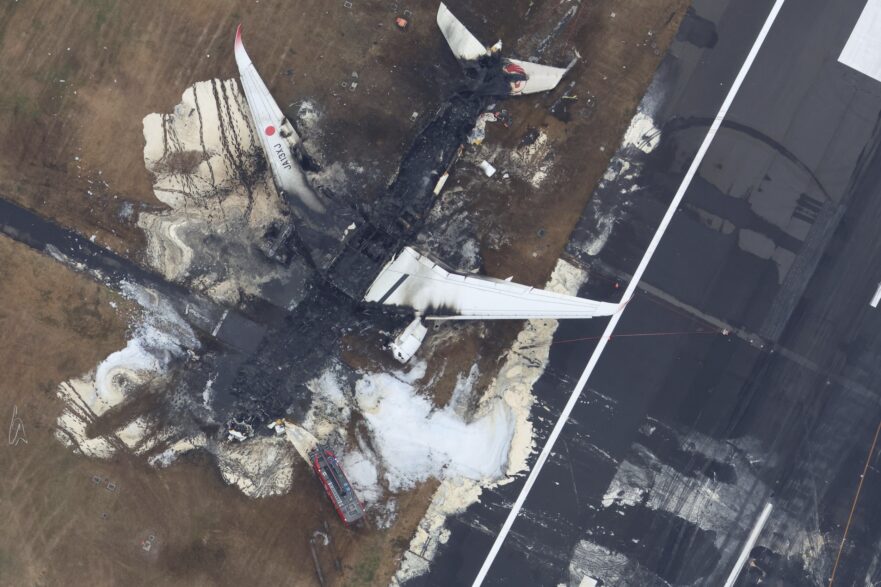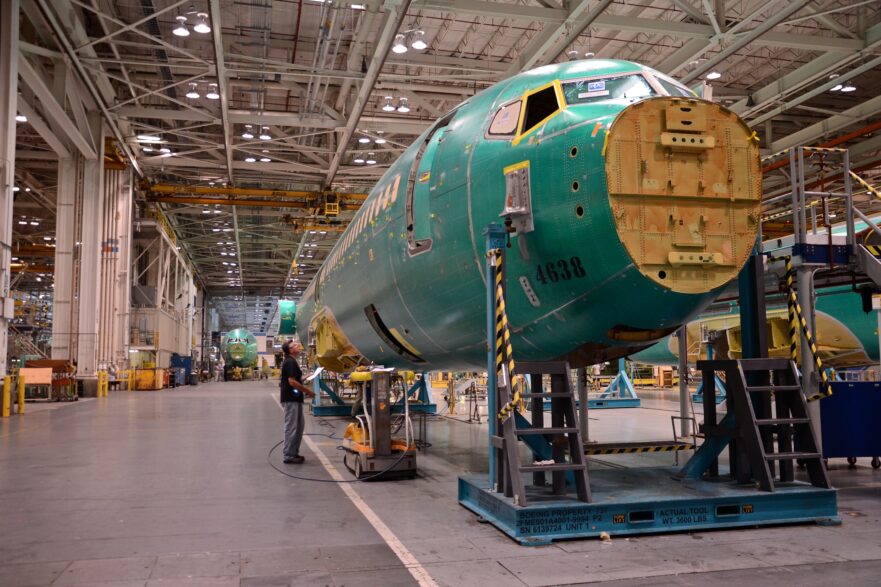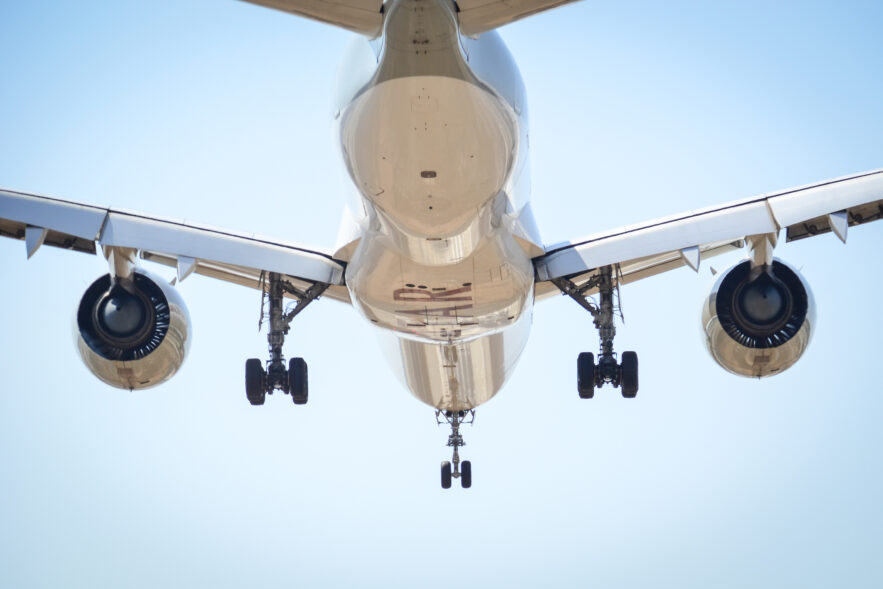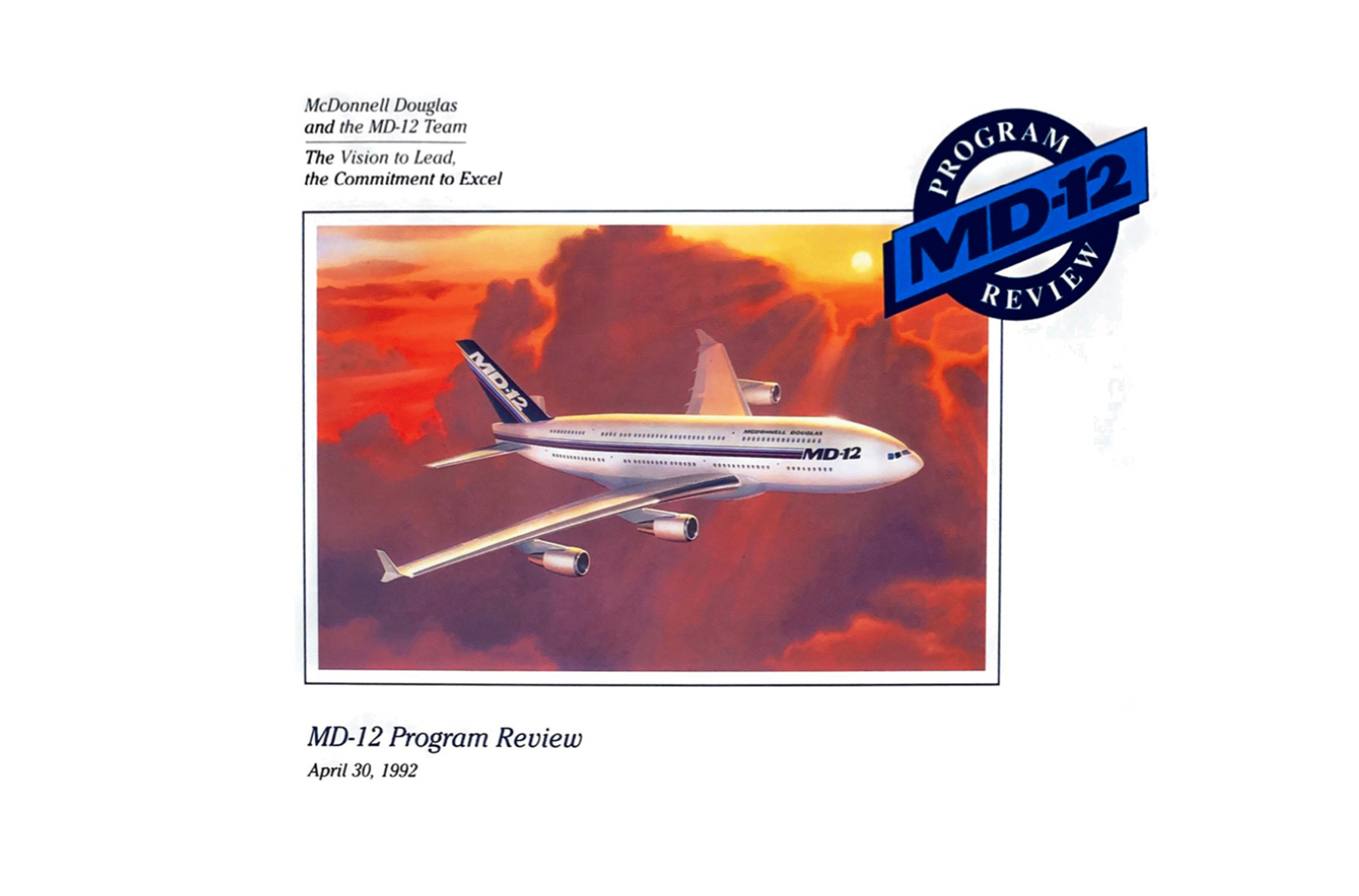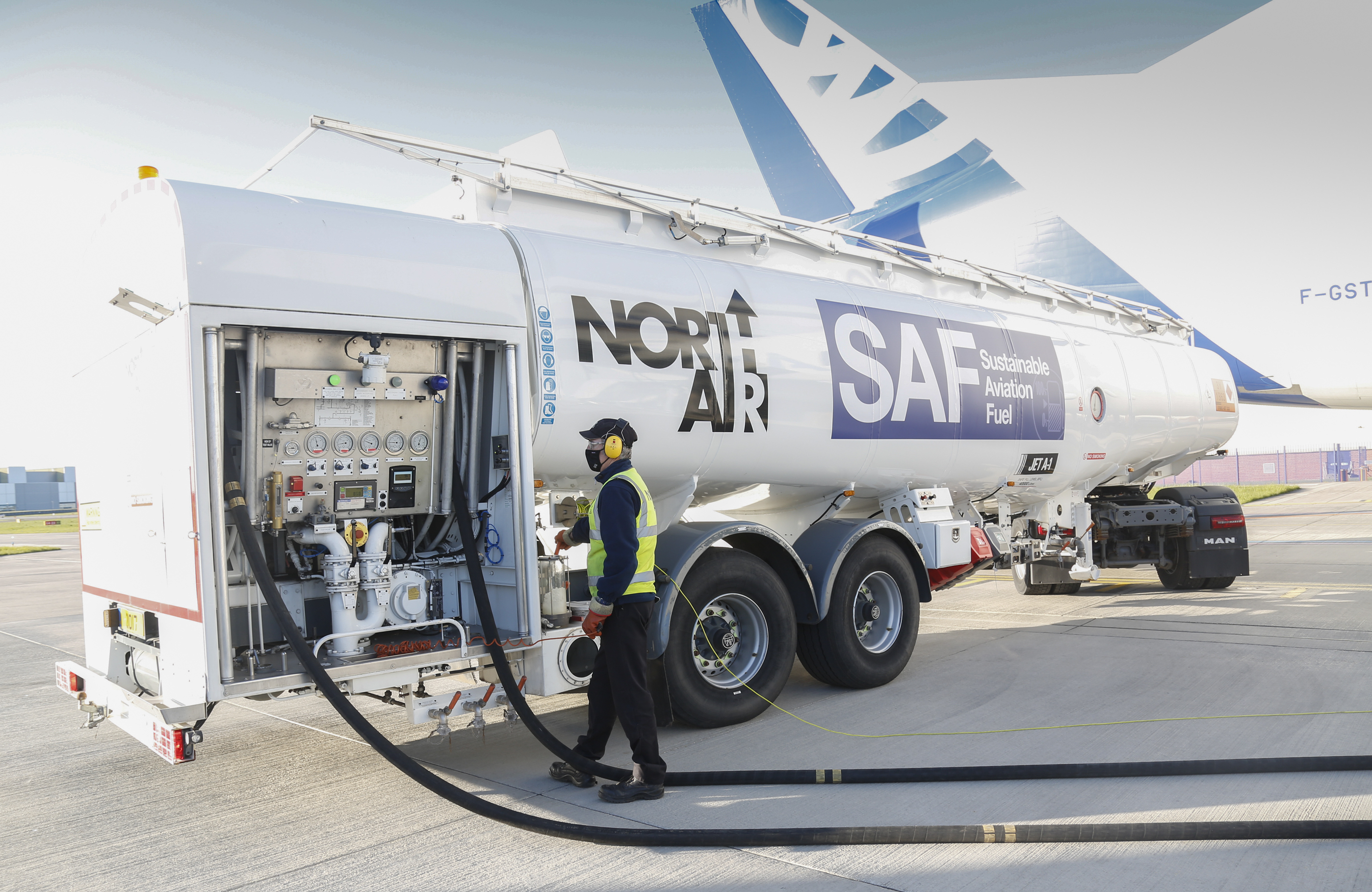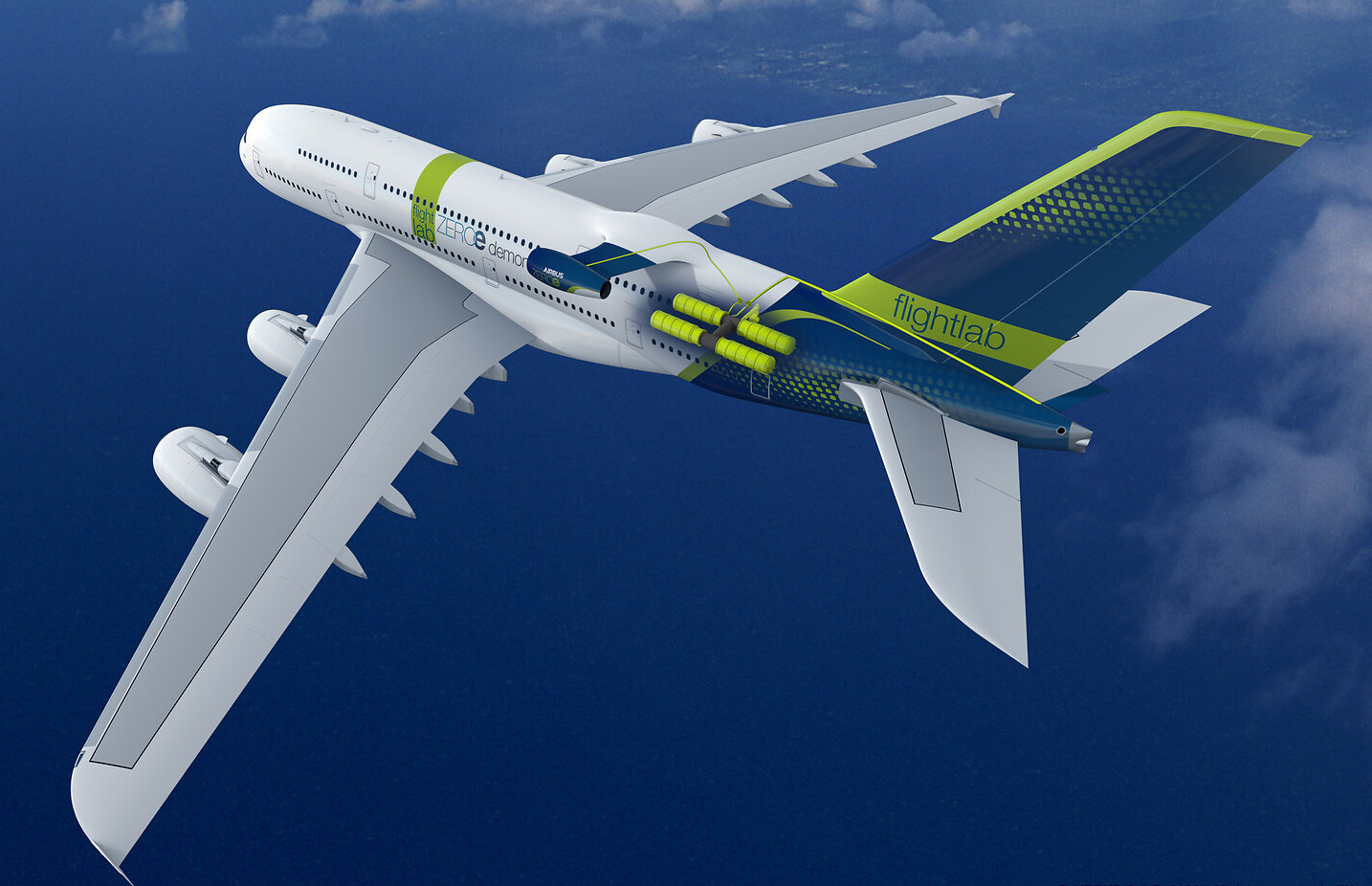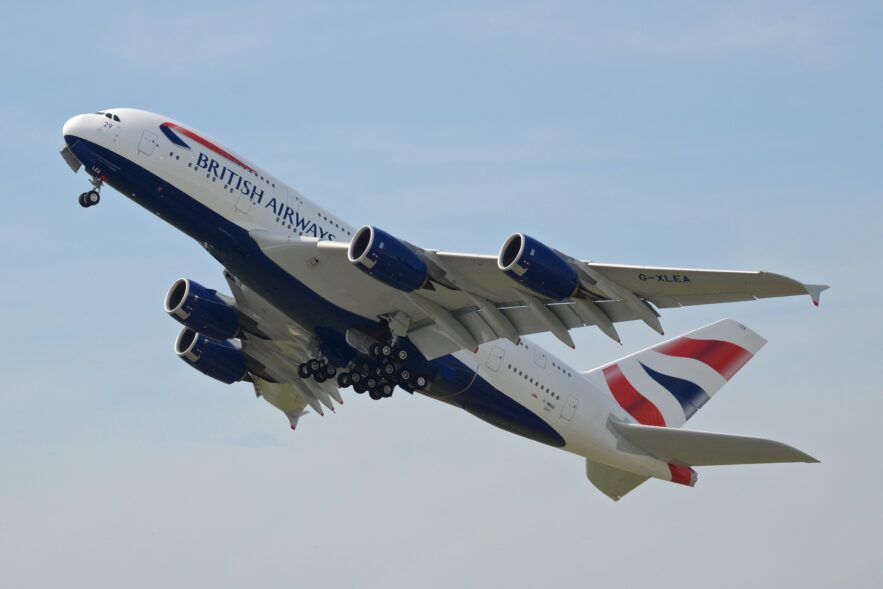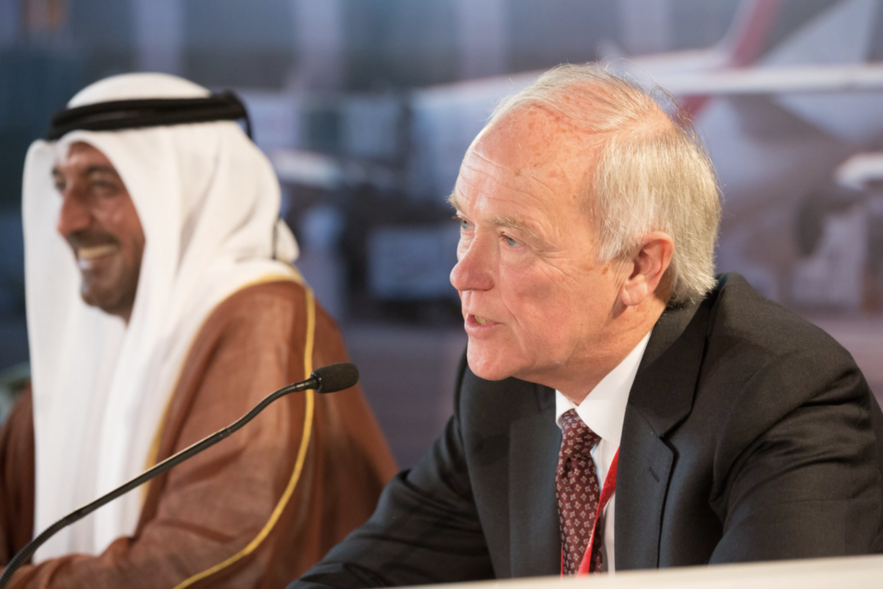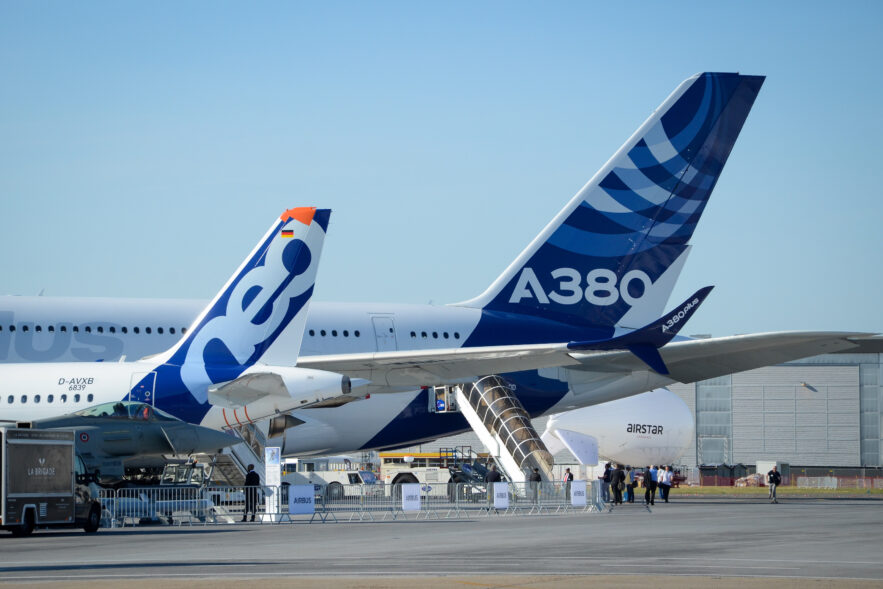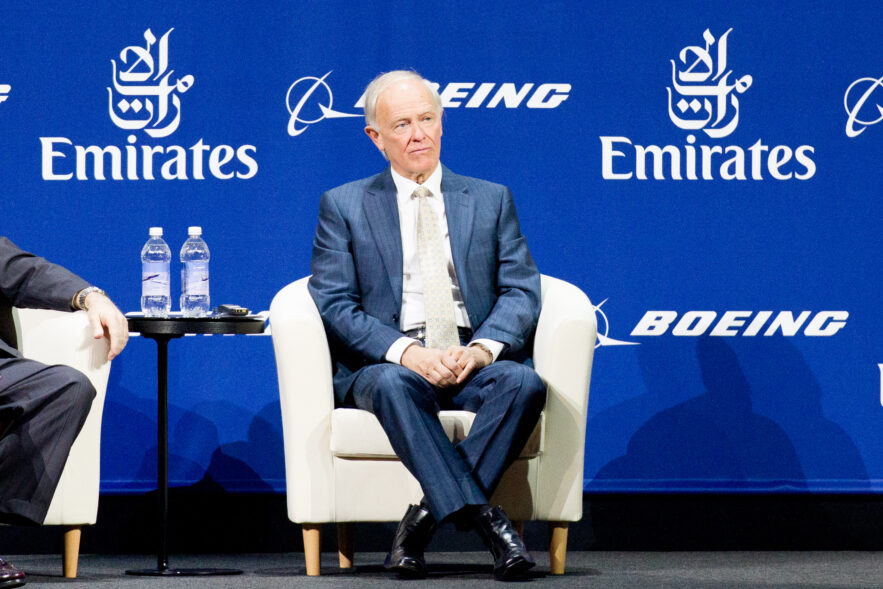Air safety reporting by The Air Current is provided without a subscription as a public service. Please subscribe to gain full...
Log-in here if you’re already a subscriber HEAR FROM THE AIR CURRENT Leave this field empty if you're human: This...
Log-in here if you’re already a subscriber Release DateNovember 18, 2022Widebodies finally join the global airline recoveryPurchase a PDF of...
Log-in here if you’re already a subscriber The first in a series on the history and lessons for Airbus and...
Log-in here if you’re already a subscriber Release DateApril 12, 2022TAC Explains: What is sustainable aviation fuel?Purchase a PDF of...
Less than four months after the Federal Aviation Administration rolled out its 2021 Aviation Climate Action Plan, the agency’s official blueprint for achieving net-zero aviation emissions by 2050 is already starting to look dated. The plan relies overwhelmingly on sustainable aviation fuel (SAF) as the principal pathway for reducing the U.S. aviation sector’s greenhouse gas emissions. It is plainly dismissive of hydrogen, stating: “we do not expect hydrogen-powered aircraft to make a significant contribution toward achieving net-zero aviation emissions by 2050.”
The A380 is back, sort of. Airlines are reactivating the double-deck aircraft ahead of the loosening of COVID-related travel restrictions that promise to breathe life into dormant international routes. Just don't call it a comeback for the superjumbo. By all metrics, business aviation in 2021 is thriving. Back above 2019 levels, the industry is seeing a strong uptick in new development and commercial activity, but examining Honeywell's 10-year forecasts TAC steps back to look at the uncomfortable big picture for the industry's trajectory. What was it like to fly on the Convair B-36? We listen to a first-hand recollection about an aircraft that needed six turboprops and four jet engines just to get off the ground in the early years of the Cold War.
Globalization, technology and crippling debt will shape the future of flying after COVID-19, says longtime Emirates airline president Sir Tim Clark.
#mc_embed_signup{background:#fff; clear:left; font:14px Helvetica,Arial,sans-serif; } /* Add your own Mailchimp form style overrides in your site stylesheet or in this...
Airbus and Boeing, back in their corners, fight in the digital factory. Airbus in Hamburg is gearing up for production of the A321XLR.
“The wake up call of the Max was something that told them that all was not right.”
The industrial and social dynamics differ radically from those in the United States and elsewhere. The U.S. has provided limited payroll support for its airlines, loans for small businesses, and funds for national security-oriented aerospace companies. Meanwhile, France has offered unprecedented cash injections to its aviation industry, the U.K. has maintained furlough schemes — but Germany has gone considerably farther. Ultimately, the goal is a different outcome for its businesses and its people through the pandemic.
